I try to implement k-means as a homework assignment. My exercise sheet gives me following remark regarding empty centers:
During the iterations, if any of the cluster centers has no data points associated with it, replace it with a random data point.
That confuses me a bit, firstly Wikipedia or other sources I read do not mention that at all. I further read about a problem with 'choosing a good k for your data' - how is my algorithm supposed to converge if I start setting new centers for cluster that were empty.
If I ignore empty clusters I converge after 30-40 iterations. Is it wrong to ignore empty clusters?
